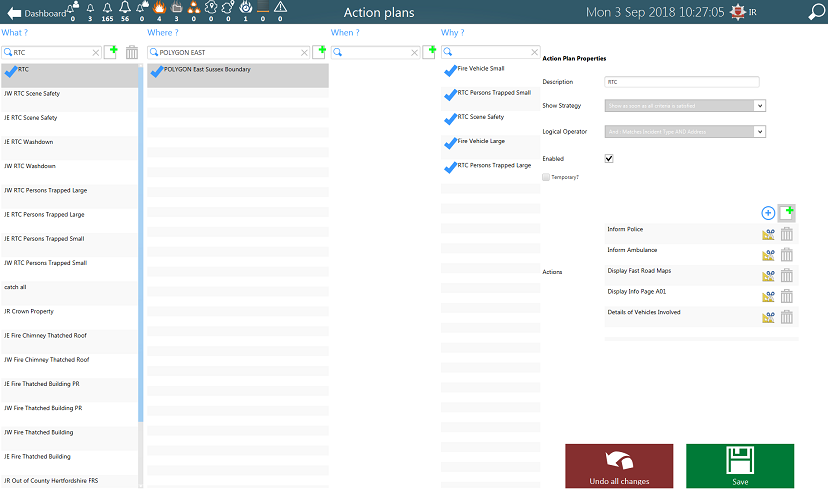Remsdaq’s Resque 4i has kept pace with the needs of the Fire & Rescue Services, providing a solution to meet today’s demands and provides:
- Graphical User-Interface (GUI)
- ICCS Gateway
- Dynamic Mobilising
- Interactive Training Facility
- Dynamic Appliance Routing
- AVLS/MDT Gateway







